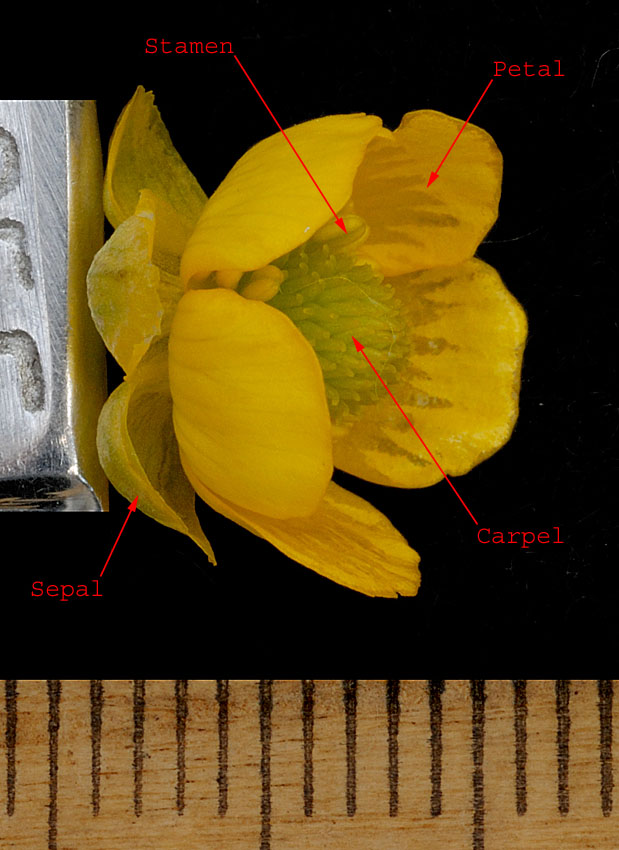 |
aquatic or creeping mud plants, the
leaves mostly floating or submersed; NOT [terrestrial plants, mostly
with erect stems] |
 |
plants larger, with the stems usually
erect; NOT [plants small, rarely more than 5 cm high] |
 |
plants glabrous to subglabrous or
puberulent; NOT [plants villose-pubescent, especially the petioles] |
 |
leaves simple; NOT [leaves compound] (BF) |
 |
leaves all, or in part, deeply lobed to
compound; NOT [leaves entire or merely toothed] (FOA) |
 |
leaves circular in outline, palmately
lobed or dissected, often into linear segments; NOT [leaves reniform,
3-lobed] (FOA) |
 |
basal leaves ovate to rhomboid, reniform,
entire to compound; NOT [basal leaves elliptic to linear, not deeply
divided] (BF) |
 |
basal leaves lobed almost to the base, or
divided; NOT [basal leaves crenate or lobed to almost halfway] (BF) |
 |
stem and inflorescence leaves on
well-developed petioles; NOT [stem leaves and leaves in the
inflorescence sessile or subsessile] |
 |
stems bearing several leaves and flowers;
NOT [stems bearing a single leaf and a single flower] |
 |
flowers terminal or in cymes; NOT
[flowers axillary] |
 |
sepals usually 5; NOT [sepals normally 3] |
 |
sepals spreading or curved inward; NOT
[sepals reflexed at the middle or base] |
 |
petals yellow; NOT [petals white
(sometimes yellowish at base)] |
 |
beak of the achene developed, 0.5-1.0 mm
long; NOT [beak of the achene very short, to 0.1 mm long] |
 |
achenes glabrous; NOT [achenes pubescent]
|

